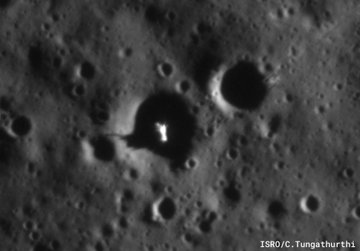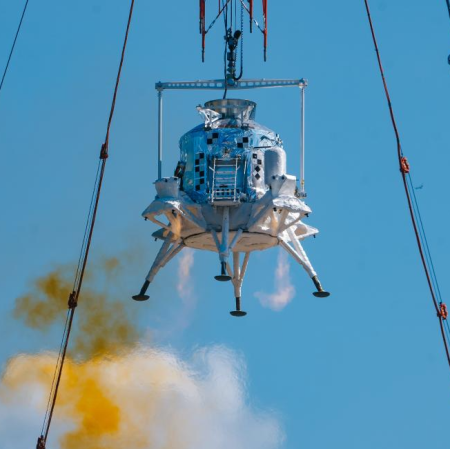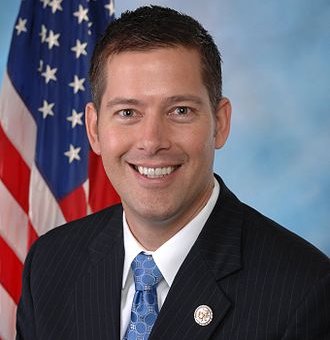SpaceX launches 24 more Kuiper satellites for Amazon
SpaceX this morning successfully placed another 24 Kuiper satellites into orbit, its Falcon 9 rocket lifting off from Cape Canaveral in Florida.
The Falcon 9 first stage was new, completing its first flight by landing on a drone ship in the Atlantic. The two fairings completed their 5th and 28th flights respectively.
This was SpaceX’s second of three launches for Amazon, which now has 102 satellites in orbit. It needs to get another 1,498 in orbit by July 2026 in order to meet its licence requirements by the FCC. While ULA seems poised to begin regular launches for Amazon, having a contract for 46 launches (having so far completed two in 2025), the contracts for Blue Origin’s New Glenn (27 launches), and ArianeGroup’s Ariane-6 (18 launches) are more uncertain. Neither company has achieved any launches on their contracts, and it is not clear when either company, especially Blue Origin, will ever begin regular launches.
The leaders in the 2025 launch race:
98 SpaceX (with another Starlink launch scheduled for later today)
43 China
11 Rocket Lab
9 Russia
SpaceX now leads the rest of the world in successful launches, 98 to 74.
SpaceX this morning successfully placed another 24 Kuiper satellites into orbit, its Falcon 9 rocket lifting off from Cape Canaveral in Florida.
The Falcon 9 first stage was new, completing its first flight by landing on a drone ship in the Atlantic. The two fairings completed their 5th and 28th flights respectively.
This was SpaceX’s second of three launches for Amazon, which now has 102 satellites in orbit. It needs to get another 1,498 in orbit by July 2026 in order to meet its licence requirements by the FCC. While ULA seems poised to begin regular launches for Amazon, having a contract for 46 launches (having so far completed two in 2025), the contracts for Blue Origin’s New Glenn (27 launches), and ArianeGroup’s Ariane-6 (18 launches) are more uncertain. Neither company has achieved any launches on their contracts, and it is not clear when either company, especially Blue Origin, will ever begin regular launches.
The leaders in the 2025 launch race:
98 SpaceX (with another Starlink launch scheduled for later today)
43 China
11 Rocket Lab
9 Russia
SpaceX now leads the rest of the world in successful launches, 98 to 74.














